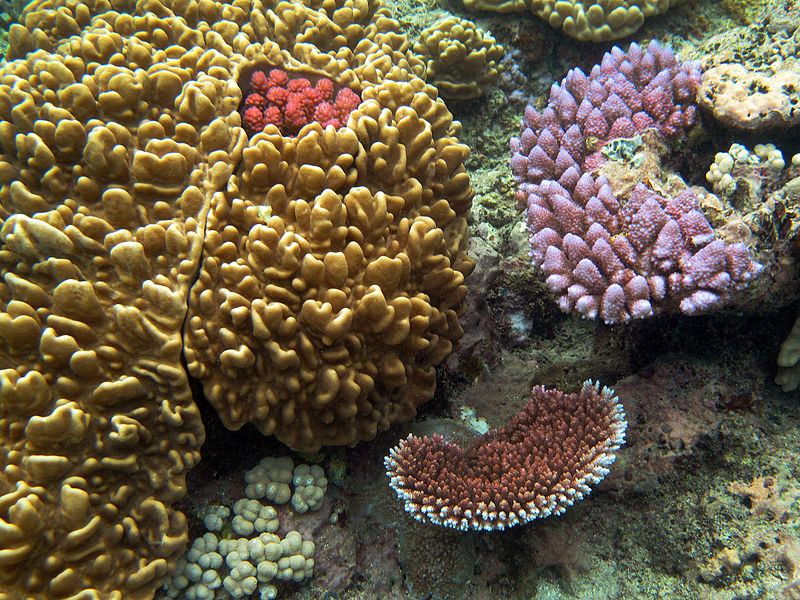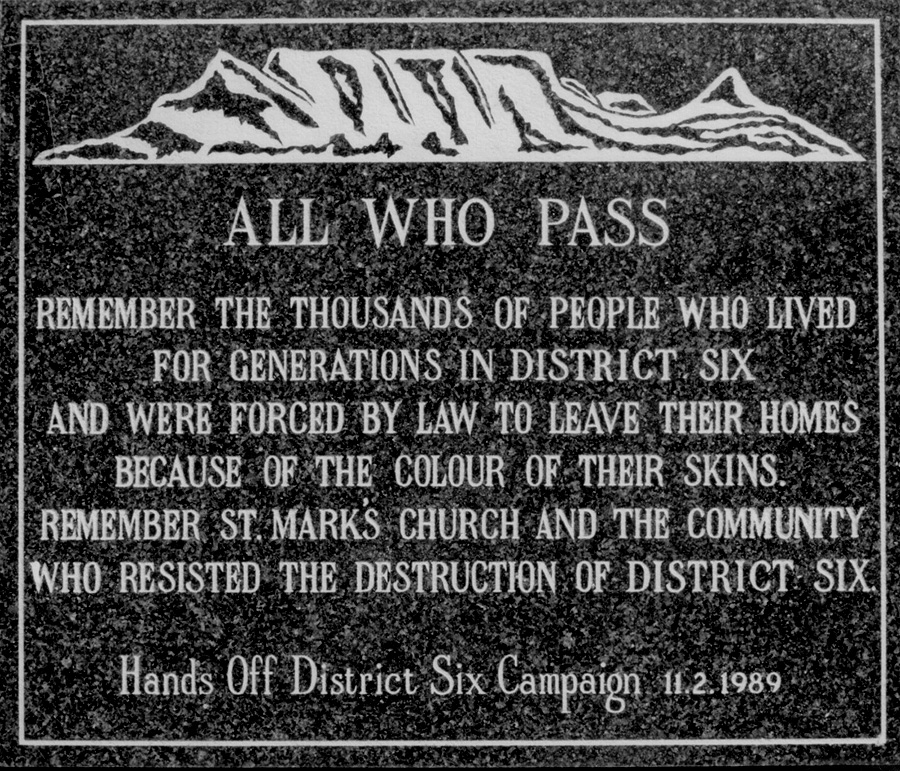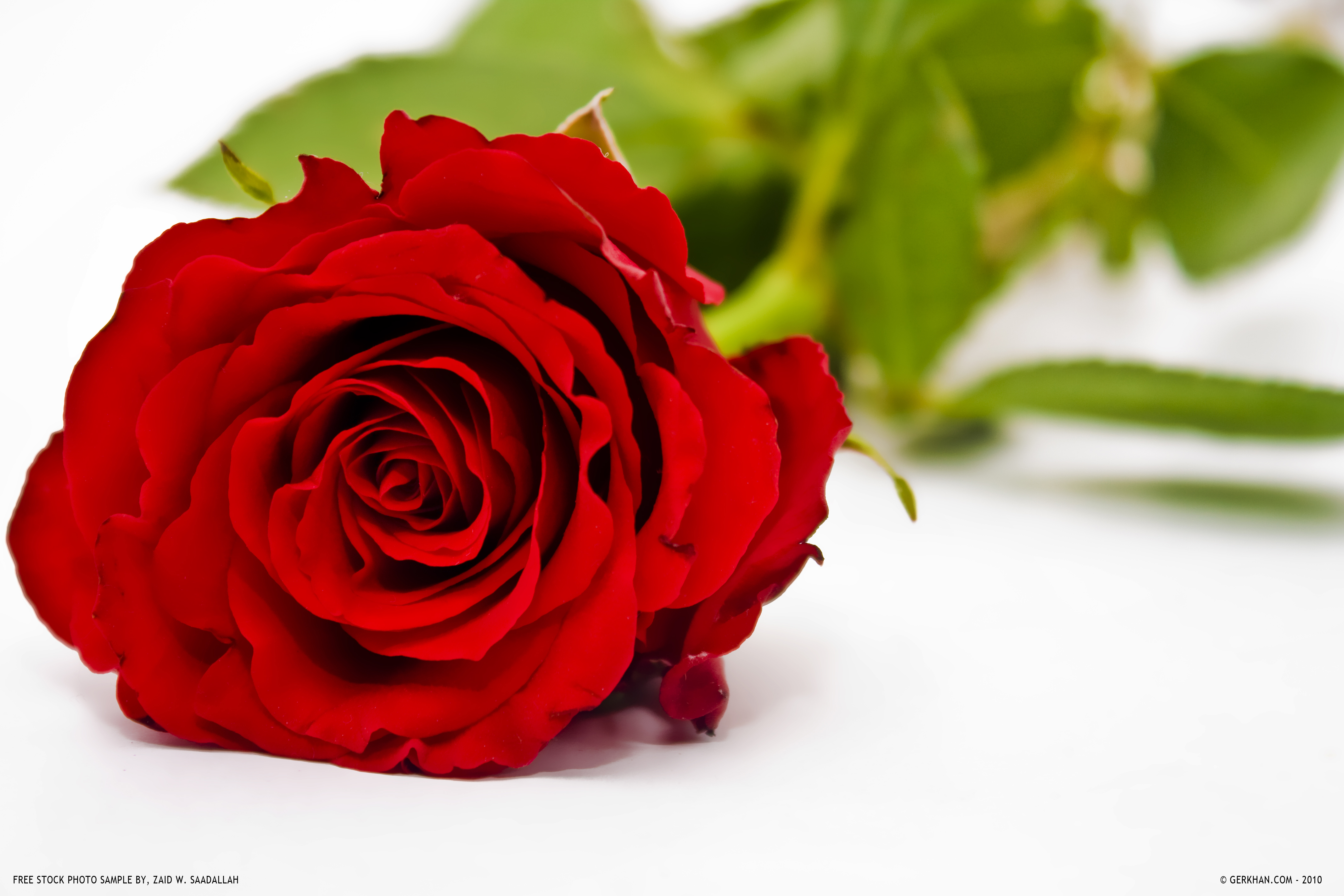 |
| The Great Barrier Reef [[File:Great Barrier Reef 015 (5390533959).jpg|Great Barrier Reef 015 (5390533959)]] |
As I prepare for an upcoming trip Down Under, I have been reflecting on how much (or little) I know about Australia. Like Bill Bryson, I can’t seem to remember the name of the Prime Minister. I have never had a strong desire to visit, since in my mind it seems like half of South Africa must be living there, surrounded by shark-infested waters, there's the abominable treatment of the aborigines and it's not the easiest country to get to from here.
Much of my knowledge seems to come from local television in the mid-70s…like programmes on the marvels of The Great Barrier Reef, and does anyone remember The Rolf Harris Show? That popped up from my subconscious when I woke up this morning. I could clearly recall the woolly bespectacled man with his wobble board, didgeridoo and accordion, introducing us to Waltzing Mathilda and Tie Me Kangaroo Down. And, of course, there was Crocodile Dundee.
According to a friend who has moved here from Adelaide, most of the cities are on the coast and except for Sydney, are “like Port Elizabeth with a little more going on”. As often happens, once you turn your focus onto a place, you start to gather all sorts of information, like it takes five and a half hours to fly from Sydney to Perth, there are multiple time zones and, according to another friend who heard me complain about the heat a while ago, if it’s 30 degrees she thinks it’s a cool day. That’s the other thing, I realise I have friends in at least four cities. At the end of the day, that’s really why I am going – to connect with people.
Since, thanks to globalisation, I have more than a few items of clothing with Australian labels in my cupboard and even my hair products carry the .com.au logo, coupled with the Nicole Kidmans and Hugh Jackmans, I suspect that I may have absorbed more than a little of the culture. I am travelling to the largest island and the only continent to occupy an island, with an open mind. Will keep you informed, mate.
P.S. Just in case I lose my sense of humour, I have packed a copy of Bill Bryson's Down Under.
 |

















